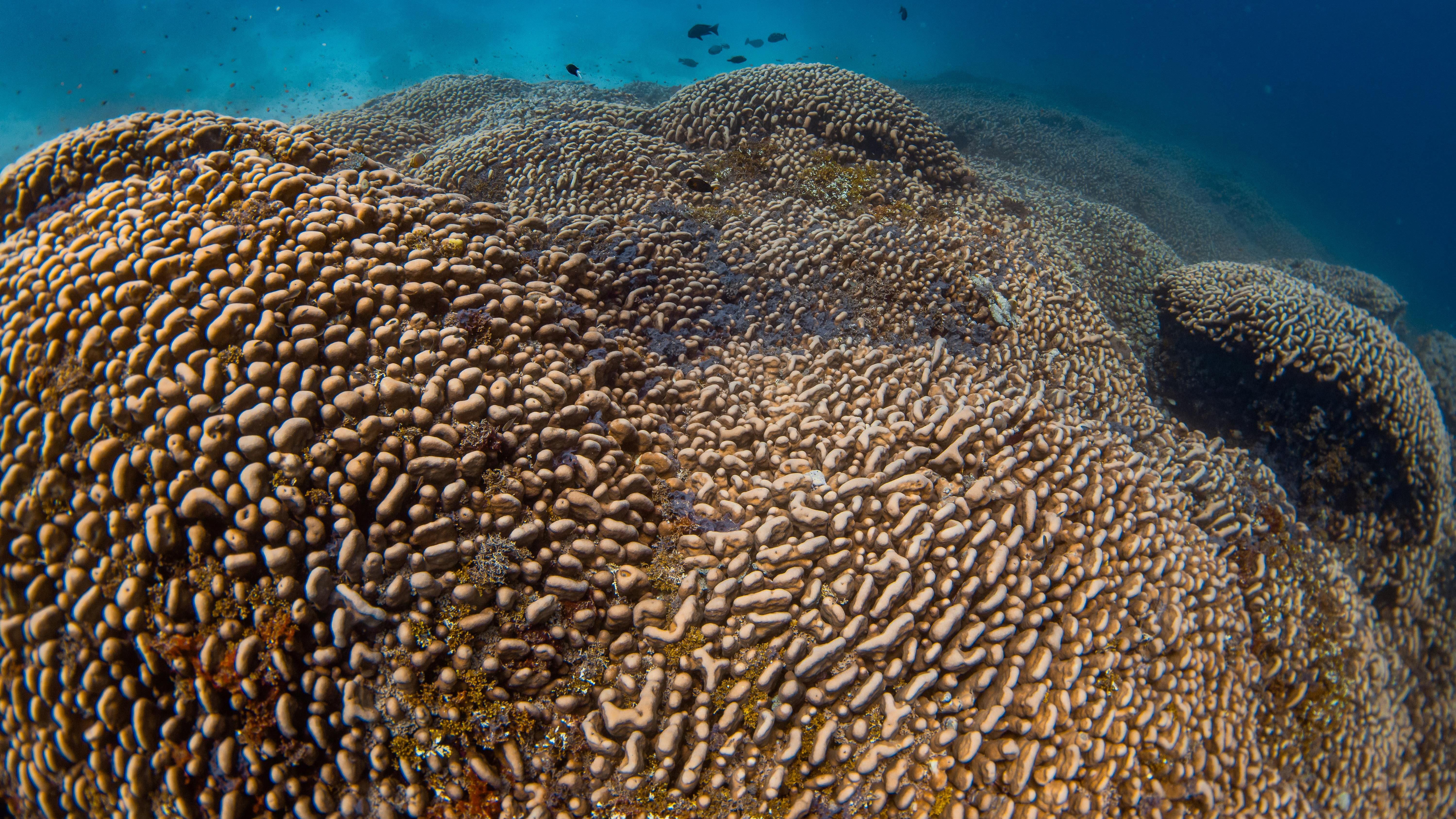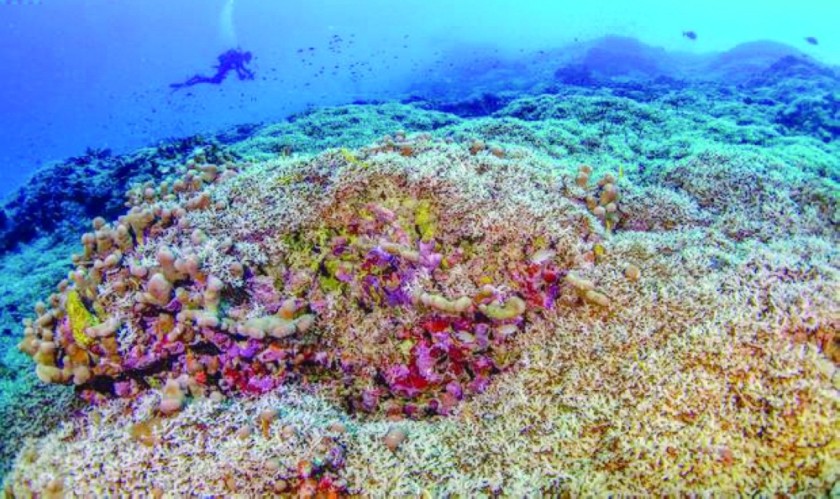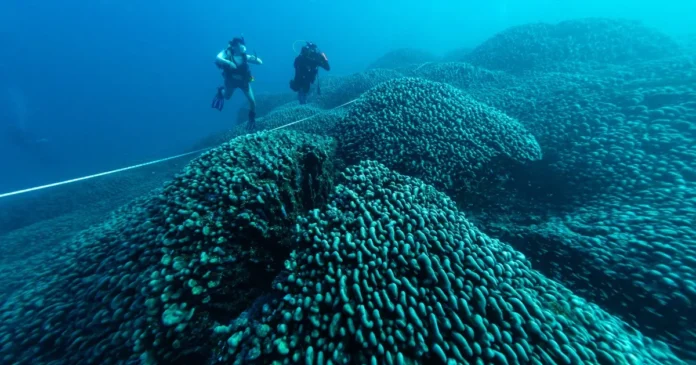Scientists Discover The World’s Largest Coral, Visible From Space
In an extraordinary scientific breakthrough, researchers have discovered the world’s largest coral in the pristine waters of the Solomon Islands. This behemoth coral, measuring over 100 feet in length, is not only a natural marvel but is so immense that it can be seen from space. Estimated to be at least 300 years old, the coral dwarfs the previous record-holder in American Samoa and even surpasses the length of a blue whale, making it a singular wonder of the marine world.
Unveiling A Giant: Coral’s Unique Size And Structure
This coral, unlike the reefs typically seen in marine ecosystems, is a single, continuous organism that has grown undisturbed for centuries. Marine biologist Manu San Félix, part of the National Geographic Pristine Seas expedition, described the coral as “close to the size of a cathedral.” Its undulating surface, initially mistaken for a shipwreck, hides a vibrant ecosystem beneath. Upon closer inspection, the coral revealed dazzling hues of purple, yellow, blue, and red, captivating the divers who studied it.
The coral’s sheer size and age underscore its importance as a biological record. Stretching over a century-long timeline, this organism provides invaluable insights into oceanic conditions over the last 300 years. The meticulous process of measuring this mega coral required researchers to use extended reel tapes, as standard tools proved insufficient to document its grandeur.

A Sanctuary For Marine Life
The mega coral is more than just a natural wonder; it serves as a critical habitat for a diverse range of marine life. Fish, crabs, shrimp, and countless other species have made this coral their home, relying on it for food, shelter, and protection. Its role in maintaining marine biodiversity highlights the interconnectedness of ocean ecosystems, with such large corals playing an integral part in sustaining marine populations.
Coral’s Resilience Amid Mounting Global Threats
This discovery provides a glimmer of hope for marine ecosystems under siege from climate change, pollution, and human activities. As the world grapples with rising ocean temperatures and coral bleaching, the resilience of this coral offers crucial insights. Enric Sala, founder of Pristine Seas, described the find as “both inspiring and alarming.” He emphasized the urgent need to combat the threats endangering coral reefs worldwide, with over 40% of warm-water reef-building species now at risk of extinction, according to the International Union for Conservation of Nature.
The Solomon Islands’ location within the “Coral Triangle,” a region renowned for its rich marine biodiversity, further underscores the significance of this find. Researchers believe the region’s unique environmental conditions may hold the key to understanding coral resilience and adaptation.

The Race To Protect Marine Ecosystems
While the discovery of the world’s largest coral is cause for celebration, it also serves as a stark reminder of the challenges facing marine ecosystems globally. Climate change, overfishing, and pollution have taken a devastating toll on coral reefs, with widespread bleaching events reducing vibrant ecosystems to ghostly skeletons.
Despite its remote location, the mega coral in the Solomon Islands is not immune to these threats. Rising sea temperatures and acidification remain pressing concerns. Enric Sala and his team have called for immediate action to mitigate climate change, emphasizing that such remarkable ecosystems must be preserved for future generations.
A Legacy Of Resilience And Adaptation
The discovery of the Solomon Islands’ mega coral is a testament to nature’s ability to endure against all odds. This massive organism has withstood centuries of changing ocean conditions, serving as a living archive of resilience. However, its survival depends on humanity’s ability to address the environmental challenges that threaten marine ecosystems worldwide.
The National Geographic Pristine Seas expedition has once again highlighted the importance of exploring and protecting the planet’s most remote and biodiverse regions. As scientists continue to study this coral, the lessons it holds may offer new strategies for conservation, providing hope for coral reefs across the globe.

